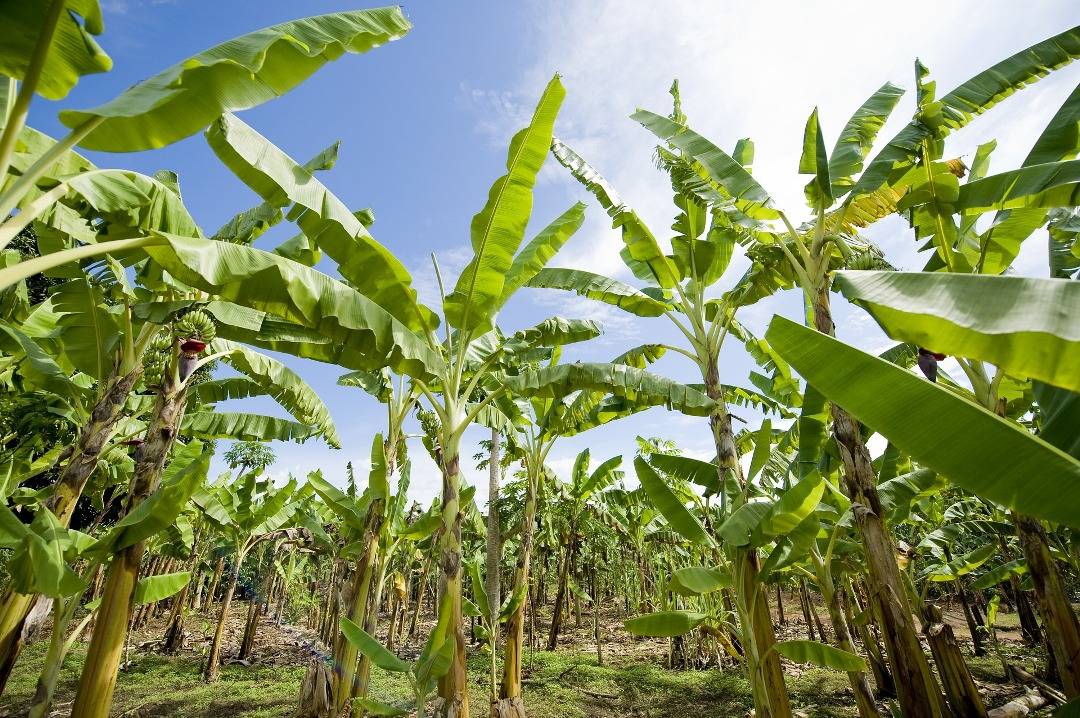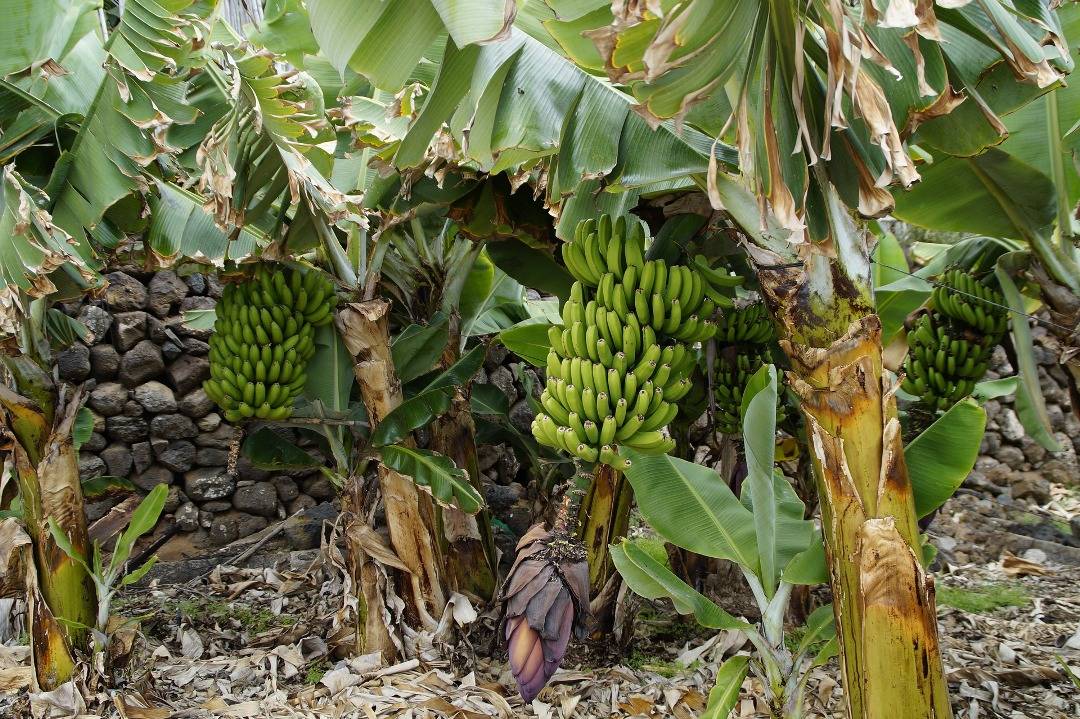
Bananas are tropical fruits that love humidity. Jalgaon in Maharashtra is not typically a favored place for bananas. It is situated more than 300 km from the Western coast and receives just 750 mm rainfall. Yet, Jalgaon is the seventh biggest producer of banana in the world!
Jalgaon is known as the Banana City of India. It is also called the Gold City of Maharashtra, as it produces the purest gold in the state.
Now the question arises:
How did Jalgaon manage to “rub shoulders” with some of the biggest banana producers of the world like Mexico, Costa Rica, Colombia, Ecuador, Nicaragua, Honduras, Guatemala, and Panama?
Jalgaon has been producing bananas since long, but the breakthrough happened only recently. If experts are to be believed, then advent of drip irrigation and a shift in planting style changed the banana scenario in this city. In spite of receiving low rainfall, the city’s independent banana growers were able to use scarcely available water in the most efficient manner.
How drip irrigation changed everything
The traditional flood irrigation could water at the most 10,000 plants even with round the clock electric facility and a 15hp motor pump. Drip irrigation covers 15,000 plants with the same power motor in just 8 hours. About 60-70% water is saved.
Drip irrigation was introduced in the district in 1989, since then, there has been a three-fold increase in banana production – from 1.2 million tonnes to 3.4 million tonnes.
Today, Jalgaon is the seventh biggest producer of banana in the world. Its average yield is 70 tonnes per hectare, which is quite high than the global levels. This, in itself, makes Jalgaon the “land of bananas.”
Just for your information, about 70% of the total production in India, which is 29-30 million tonnes, comes from just 5 states – Gujarat, Maharashtra, Tamil Nadu, Karnataka, and Andhra Pradesh.
Also read about reasons why you must not throw away banana peels.

How a change in planting style turned into gold
As mentioned earlier, bananas love high humidity and Jalgaon is not the place where you can find humidity. It has dry weather. However, banana growers used their creativity and tried high-density planting in the crop.
Normally, 800 to 1000 plants were planted per acre. This was increased to 1200 to 1500 plants per acre. The high density created a humid microclimate around the bananas. This trapped in enough moisture and blocked hot air. This, coupled with drip irrigation, made sure that banana roots got just the right water.
All this together created the perfect environment for bananas to thrive.

The added benefit was Jalgaon’s hot and dry weather that reduced the incidences of common banana fungal diseases like fusarium wilt and Sigatoka leaf spot. As per reports, both diseases create devastating effects on banana plantations in well-known banana-producing countries due to their highly humid weather conditions.
According to the Vice President of Tissue Culture & Agricultural Services department of Jain Irrigation Systems Ltd, KB Patil, today, top banana producing countries are in a dilemma due to the rising incidences of the mentioned fungal diseases. The growers are using high amounts of fungicides and this is increasing their cost of production. However, in Jalgaon, growers need not worry about this. Also, the traditional flood irrigation system increases spread of soil-borne microbes from crop to crop. Drip irrigation erases such possibility.
So, we can say, Jalgoan enjoys doubt benefit thanks to its weather and drip irrigation technology.

















